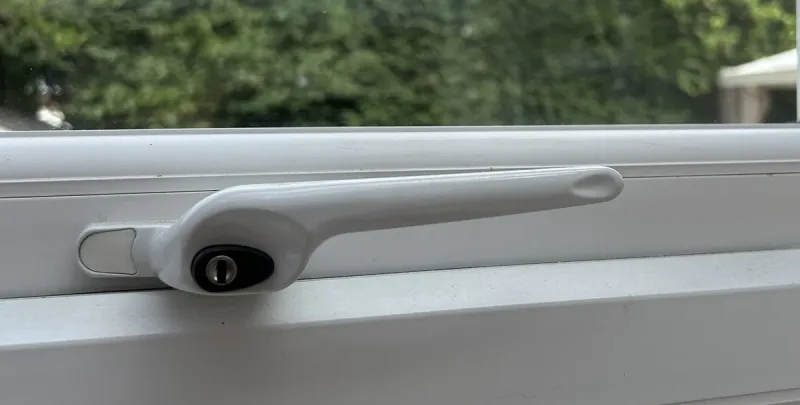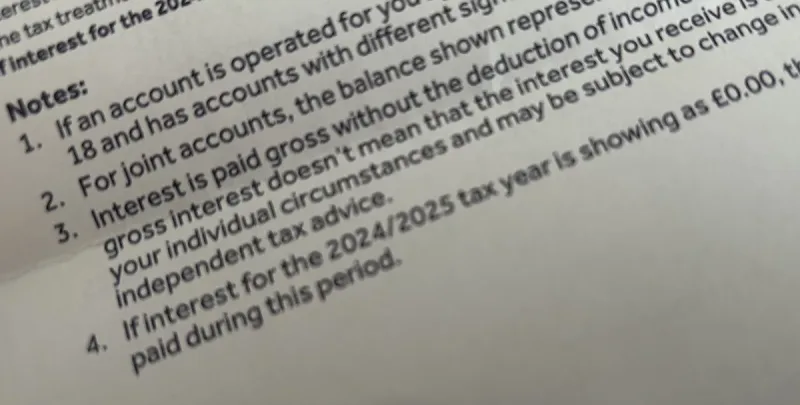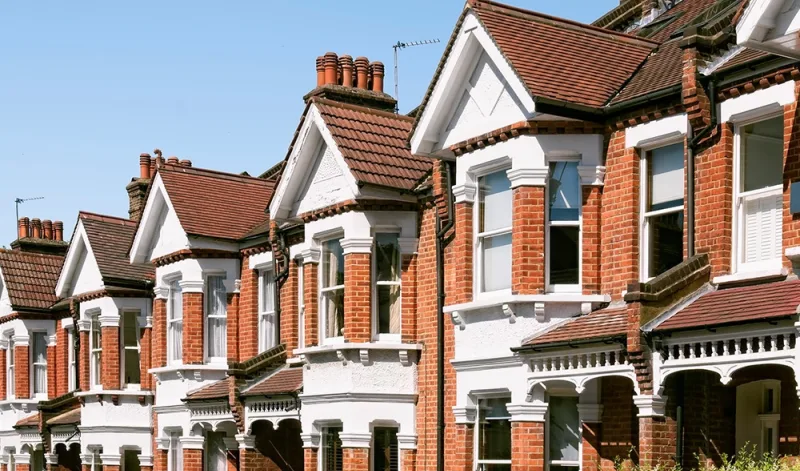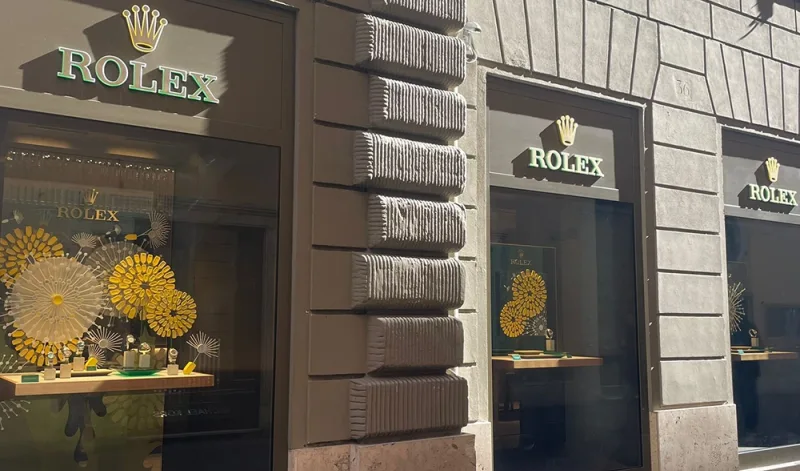Preventing or Dealing with Subsidence and Structural Problems.Whilst subsidence is usually covered by a building insurance policy, it is definitely something that you do not want to happen at your property if at all possible. Claims for subsidence can be on the large side ( hence the reason for the standard policy excess being £1000) and even if the building is repaired by the insurance company, you may find that’s in the future, insurance is harder to source ( and possibly more expensive) and the market value of the property and it’s marketability may also diminish.
Subsidence is usually said to be the downward movement of the ground that is supporting the building. Sometimes the damage is localised, affecting only part of the building, it other more severe cases, the whole property is affected, often with different parts moving in different directions. Other terms usually coupled with subsidence are : landslip, which is the movement of the property down a slope as the ground gives way and heave, which is the upward movement of the property.
Subsidence can occur in areas where there have been mine workings but in the main, it is more common on certain soil types. Clay soils are notorious for shrinking in periods of dry weather, and the shrinkage of soils can be a major factor in subsidence damage. Most insurance companies will know what soil is underneath your home as soon as you give them your postcode, The likely hood of subsidence will be factored in to their premium. However, they are also looking for secondary factors that might make a claim even more likely and thus many now include a ‘Tree’ questions with many insurance companies refusing to insure homes that have trees located too close to the building.
The poor tree is often cited as one of the main causes of subsidence damage but in most cases, Trees will not contribute to subsidence unless they are planted on a soil type that is known to dry out. Whilst it’s not possible to change your soil type a quick check online or on your survey will alert you to what is beneath your property, this will then enable you to make a decision on the care of existing Trees and the planting of new ones.
- Unless you plant a Tree, directly against your property, it is highly unlikely that it will on it’s own cause damage the property. Certain types of Tree planted in close proximity to a building can cause structural damage on there own as the truck grows.
- Damaged or leaking drains can be one of the first signs that you have a problem with Tree roots.
- Certain types of Tree can cause subsidence to walls, paths etc and in some cases garage blocks as these type of structures have little or no foundations,. In some cases a garage block can be damaged and the main property remains sound.
- If you soil is clay or in some cases peat based, you may need to be careful where you plant new trees and existing trees may need maintaining. It is best to seek expert advice before any program of maintenance is undertaken. In some instances, in dry periods the shrinkage of clay soil can be accelerated by Trees roots removing water from the soil.
When considering the planting of new trees or shrubs, it is best to adopt a policy of planting them at a safe distance and also, doing a little homework to establish what their fully grown height is likely to be. Safe distances, do vary from tree to tree from anything from 3.5 meters up to 20 meters for Oaks, Willows and Poplars. Always seek the guidance of an arboriculture company before planting trees.






























